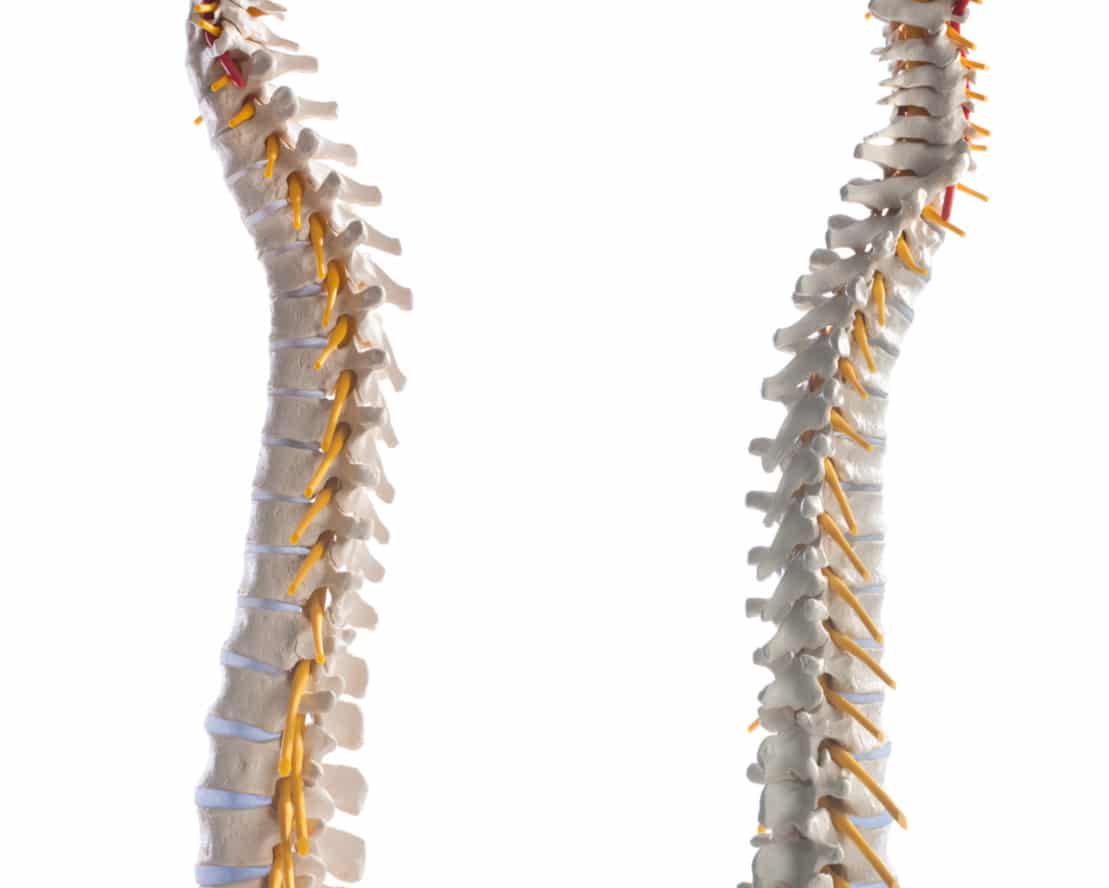Skeptical about the benefits of chiropractic care?
Let’s answer the question, “How does a chiropractic adjustment work?”.
Maybe a friend, family member, or neighbor swears by chiropractic care, but you’re skeptical that “cracking your back” can do anything for you. Maybe you know firsthand the relief that a chiropractor can provide.
Maybe you’re just curious: how do chiropractic adjustments work?
The benefits of chiro care are as scientific as they are effective. In this article, we’ll discuss what a chiropractic adjustment really is, how often you need an adjustment, and why they’re a necessary addition to your healthcare.
What Is a Chiropractic Adjustment?
A chiropractic adjustment occurs when a chiropractor applies short, quick force to the joints in order to correct a misalignment, increase range of motion, or release pressure on nerves. This causes the classic popping sound you hear so much about.
Chiropractors use different methods to perform chiropractic adjustments. Some may use their hands to pop the joints back into place, others may use a drop table or activator, still more may rely on more gentle stretching to ease the joints to their proper position.
Regardless of the specific spinal manipulation method used, the goal of a chiropractic adjustment is to restore proper alignment to the joints and allow the body to heal naturally.
What is a Misalignment?
If you’ve ever looked at an anatomy textbook, you might have had the impression that the various systems of your body—skeletal, muscular, nervous, digestive, etc.—are separate from each other. But in fact, your entire body is connected.
And it all starts with the relationship between your spine and your central nervous system.
Your central nervous system consists of two things: your brain and your spinal cord. Your spinal cord runs directly from the brain through the spine, where your peripheral nervous system branches out and runs throughout your entire body.

Each of the yellow “tubes” in the image above represents a nerve. As you can see, a rotation or other form of misalignment of a spinal joint would put pressure on the nerves. A pinched nerve can lead to pain, numbness, tingling, weakness, or other symptoms that are felt, not in the spine, but other parts of the body.
If you have ever suffered from the painful effects of sciatica, you’re already familiar with this process. Rather than feeling symptoms at the location of the pinched nerve, pain radiates through the hip, buttocks, leg, or feet. If the misalignment occurs at a different location, the effects may radiate to your arms, face, stomach, affect your range of motion, and so much more.
Chiropractors follow a holistic form of care, which aims to treat the body as a whole rather than as separate systems. As such, the goal of a chiropractic adjustment is to address the underlying cause of your pain, rather than the pain itself.
What Causes Misalignment?
Muscles, ligaments, and other soft tissue are designed to hold your vertebrae and other joints in place, and the discs between your joints are flexible and spongy.
This flexibility allows your joints to move in the way they intended, but it also allows (if the proper conditions are met) your joints to move out of alignment.
This can be caused by:
- Outside force, such as a car accident, fall, or other injury
- Muscle contractions that pull your joints out of alignment
- Poor posture (either while awake or while sleeping)
- Repetitive motions (like swinging a golf club)
- Genetic deformities (such as scoliosis)
Unfortunately, most medical professionals suggest a treatment plan involving physical therapy, over-the-counter medications, or even surgery to reduce pain. But by addressing the root cause of the problem, chiropractic treatment improves range of motion, eliminates joint pain, and can put an end to your other painful symptoms without any uncomfortable side effects.
How Does a Chiropractic Adjustment Work?
What happens during a chiropractic adjustment that corrects the misalignment?
It’s rather simple: a chiropractor literally pushes the joints back into the correct position.

Although chiropractic adjustments are given to every patient, no two people get the exact same adjustment. Each treatment is customized; your chiropractor might use more or less joint pressure or make an adj than s/he uses for the next patient.
However, because the discs are flexible, your joints might try to return to the misalignment, especially if they were in that position for a long time. If you lived with the pain of a car accident for years, your muscles might be used to holding the joints in that particular position and they may try to pull it back.
. Over time, your body will become reacquainted with its proper position/alignment and will be able to hold your joints in the correct position much more easily








